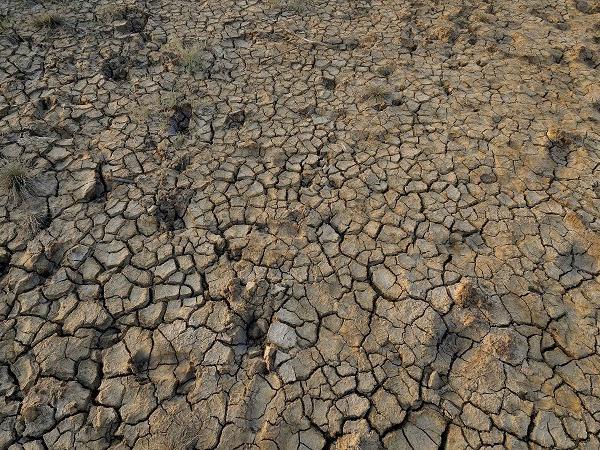The drought in Maharashtra reaches to total number of 21,000 villages and it is getting worse day by day as the dams are drying up and many people are forced to rely on tankers for drinking water. As per to the state water resource department, dams in Marathwada, which is one of the worst-hit regions, have just left out with 4.92% water. All across the state, there are only 17.04% water is left in dams. In the previous year, the state’s dams had 29.55% water, around the same time while on the other hand, Marathwada had 25.54% water.
Out of nine major reservoirs in the state, eight have no water stock in other words you can say that these dams only have dead water stock, which means that this water cannot be used. One of the eight dams is Jayakwadi, the state’s biggest water reservoir. The number of villages receiving water through tankers has reched up to total of 4,054 from 3,699 villages in just 12 days of period.
Chief minister Devendra Fadnavis on Wednesday, took stock of the drought conditions in two districts such as Aurangabad and Jalna, and asked officials to come up with drought mitigation actions within the time limit of 48 hours. Fadnavis said, “The officers concerned will take note of complaints and resolve the issue at the earliest. They will submit a report to me directly.”
In the middle of October and November 2018, the state government affirmed drought in more than half the villages in total of 151 tehsils and 318 revenue circles, creating them entitled for special relief packages and revenue welfares.
The government’s statistics displayed separately from Marathwada, 12 water reservoirs in several different regions such as Amravati (Khadakpurna and Pentakli dams), Nagpur (Gosikhurd and Dina dams), Nashik (Bham, Tisgaon, Bhavali and Punegaon dams), Pune (Ghod, Pimpalgaon, JogeTemghar and Bhima dams) – have also moved out dry, and have produced severe water scarcity in the neighbouring areas.
To deal with the circumstances, the state has set up 5,174 water tankers in order to deliver drinking water to the affected areas. A senior official from the water supply and sanitation department said, “Of these, 2,756 tankers a day provide drinking water to eight districts of Marathwada.” He further added, “As sources of water are dry up, the number of water tankers we deploy is going to rise in the coming days.”
Fadnavis has also shared a WhatsApp number (8879734045) and asked the people to send their objections associated to water tankers, cattle camps, employment guarantee schemes, compensation, crop insurance and much more. He also asked the officials to take the decision for deploying water tankers in order to provide drinking water based on the population in the year 2018, and not the 2011 census.
All across the state, total of 1,054 tankers have been set out in Aurangabad, followed by Beed and Ahmednagar with 830 and 771 tankers correspondingly.
The number of villages receiving water through tankers has also reached up to 4,054 from 3,699 villages in the past 12 days, as per to the statistics.
In the meantime, the Centre has permitted ₹4,717 crore for drought relief procedures, of which, they have released ₹4,248.59 crore in two of its instalments.


Leave a Reply